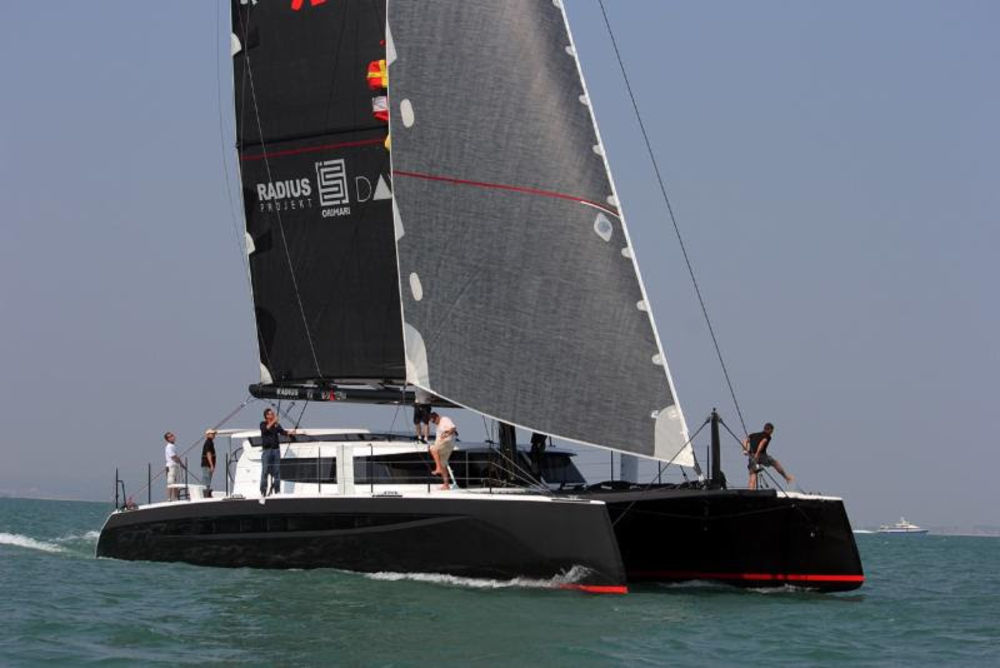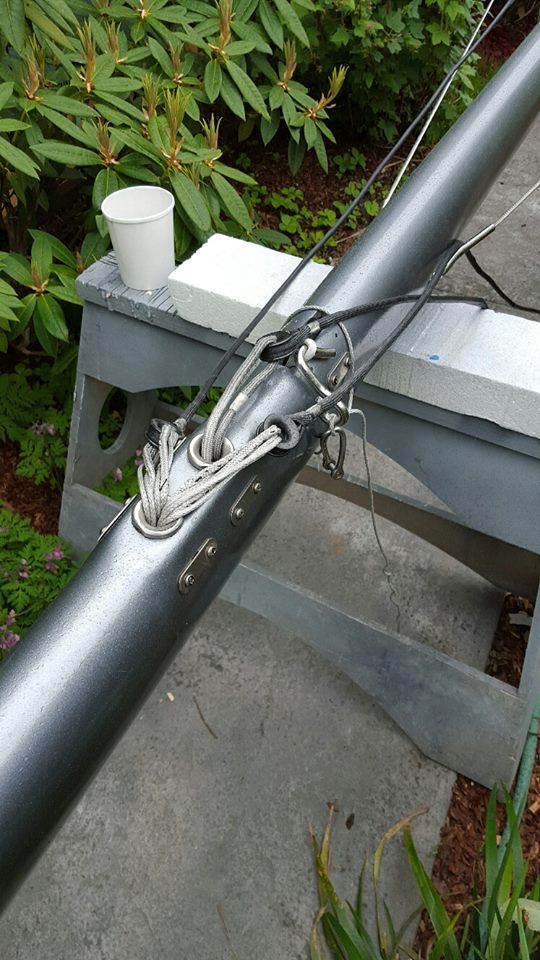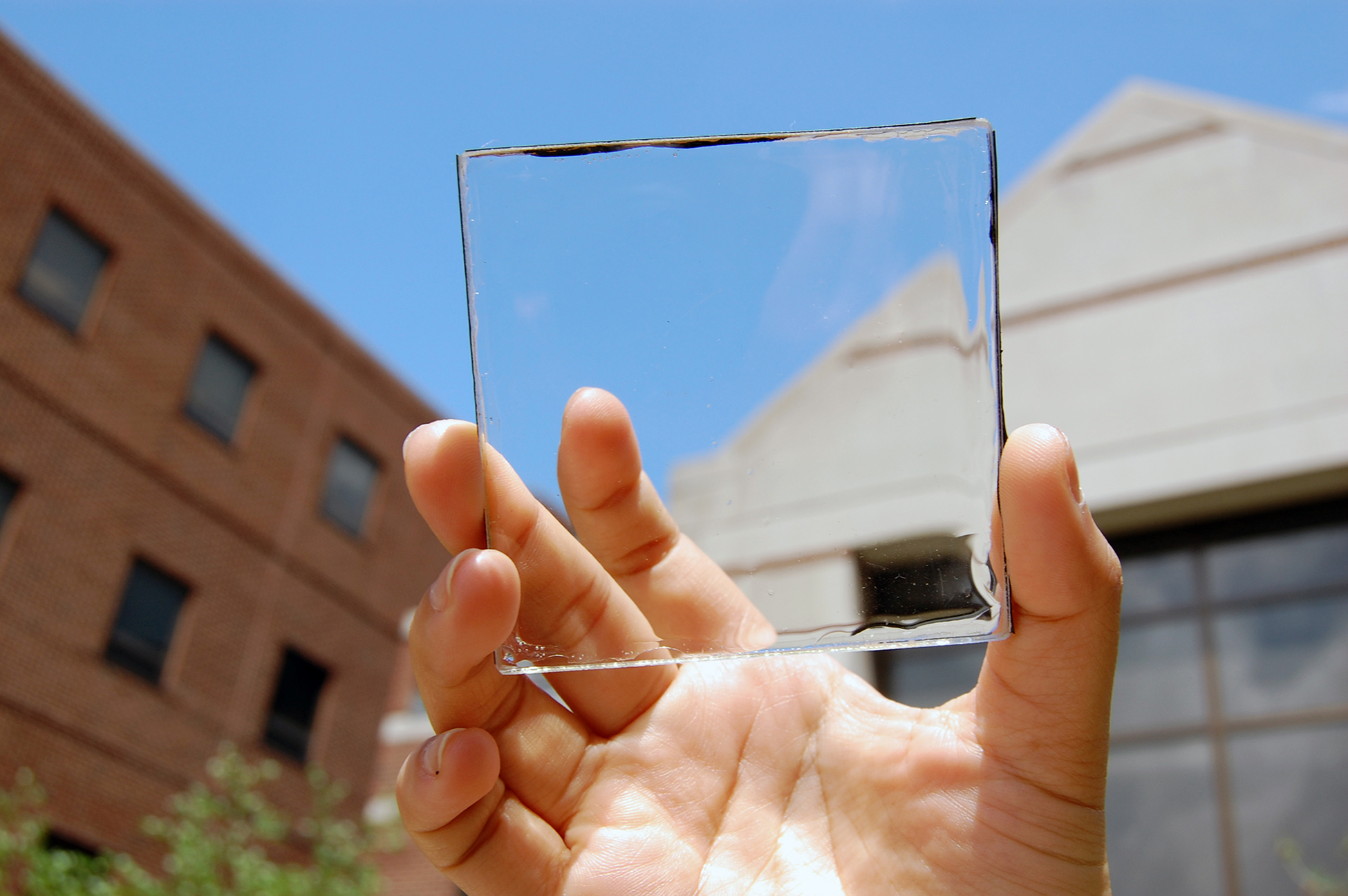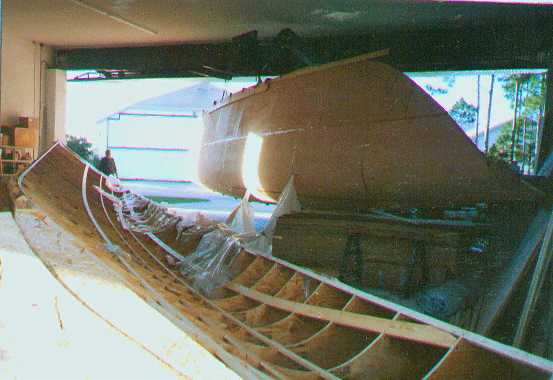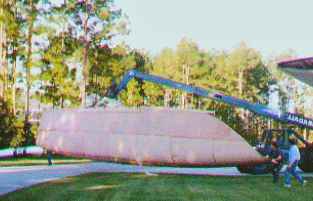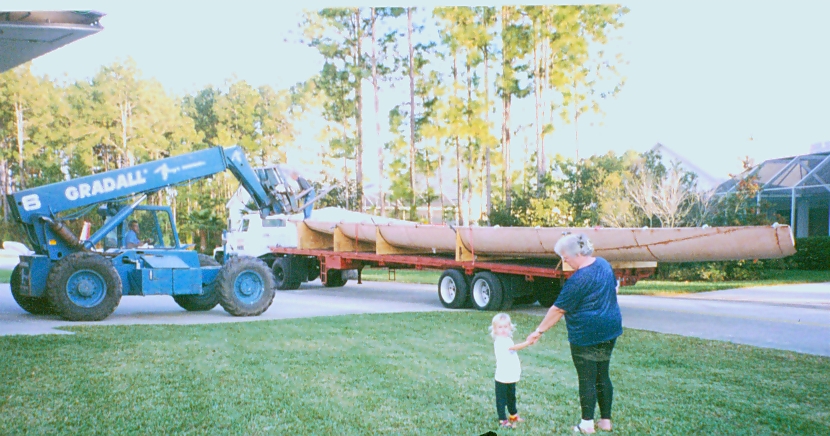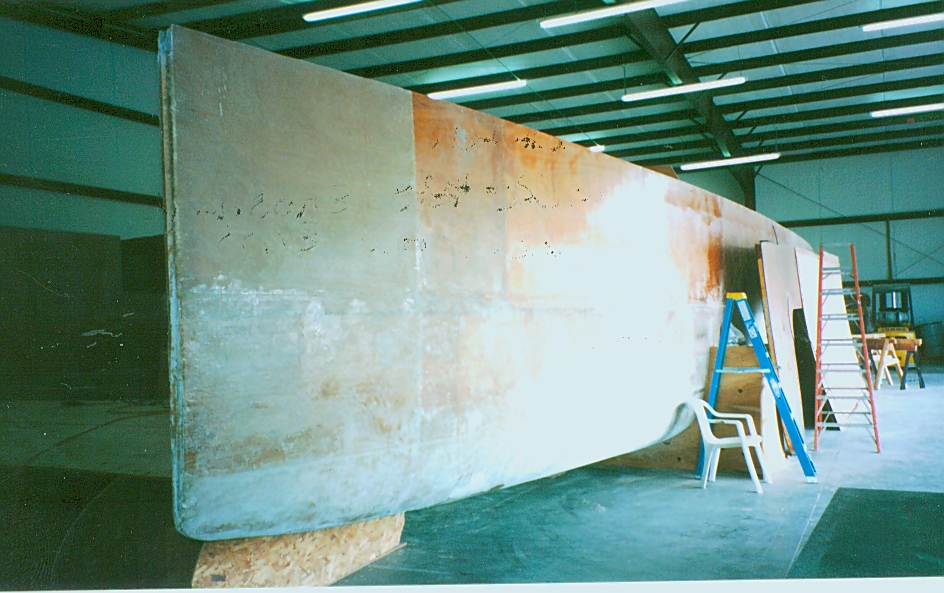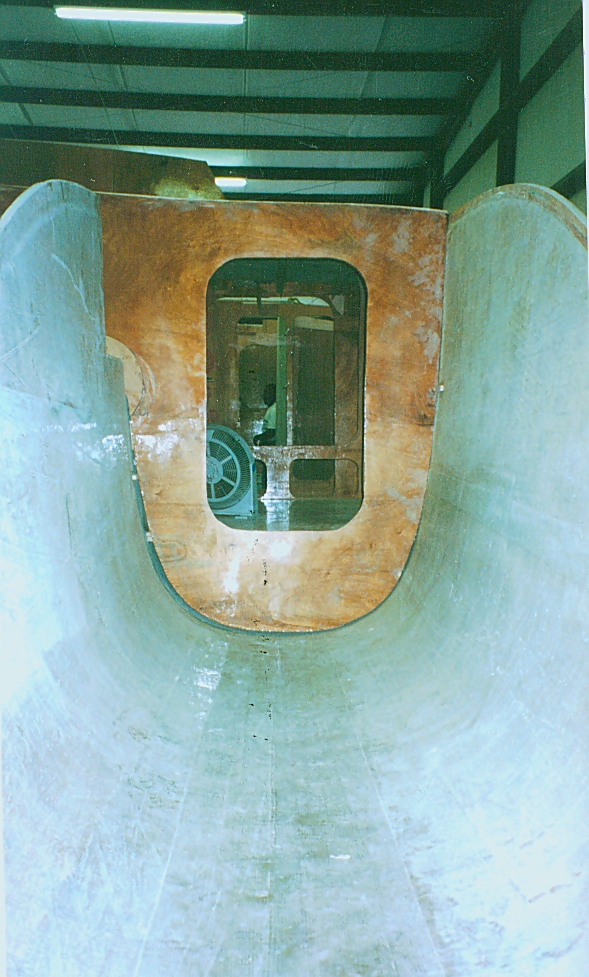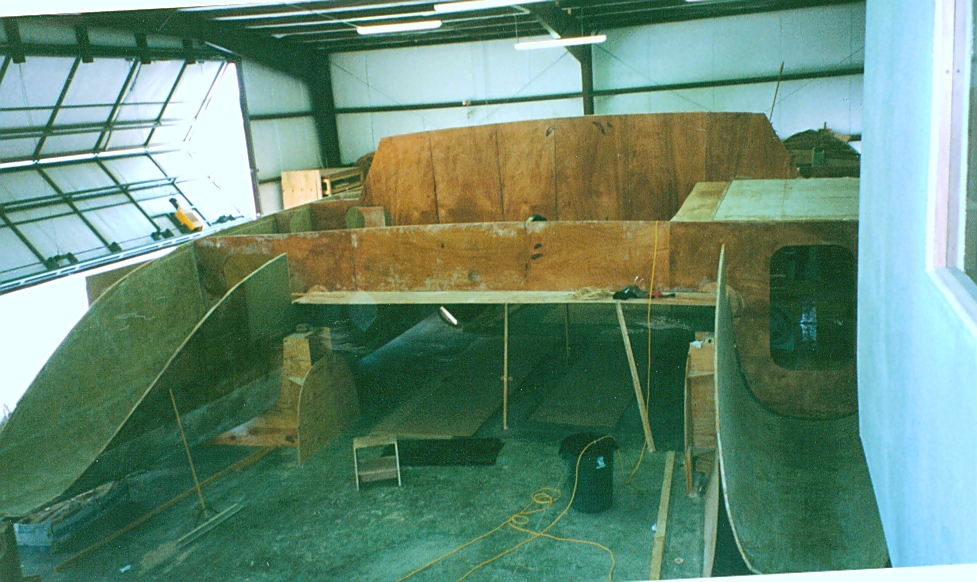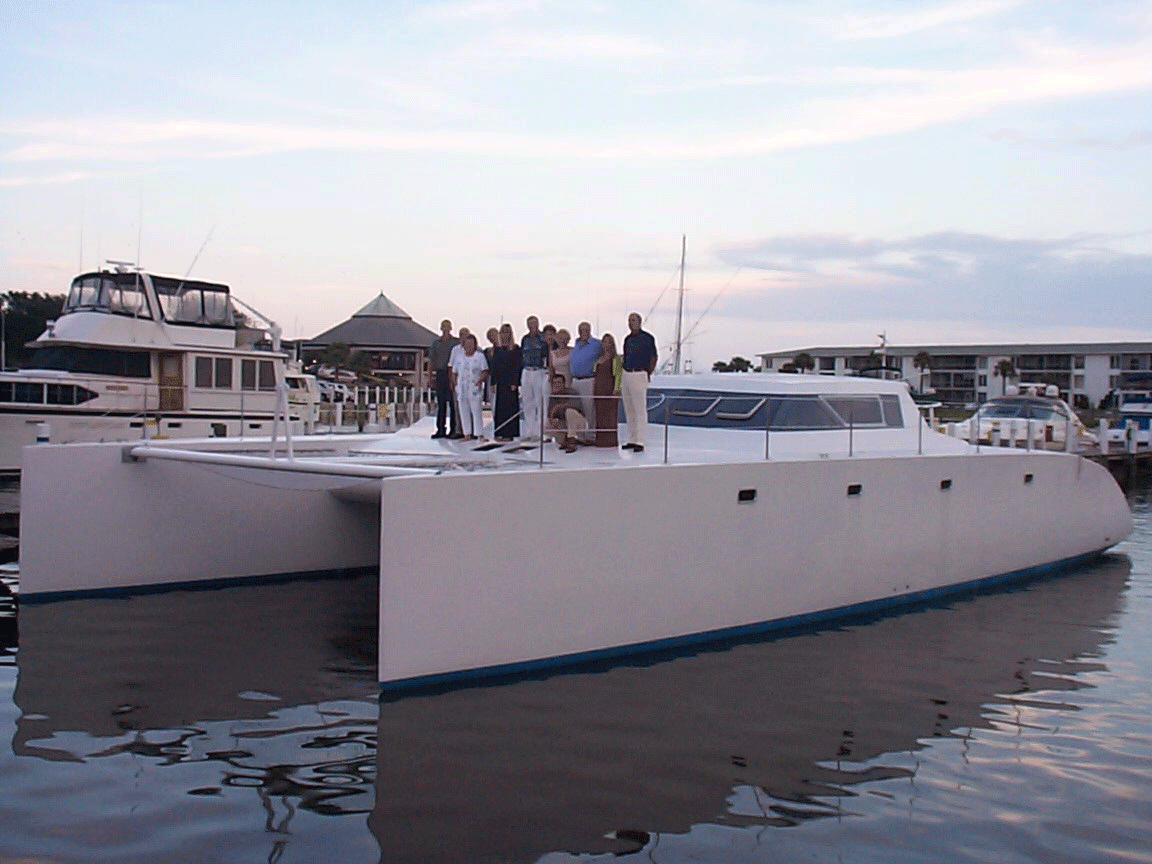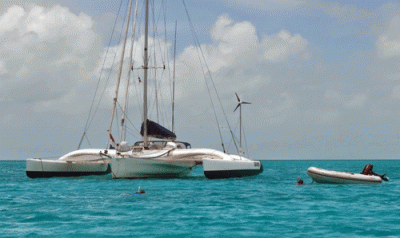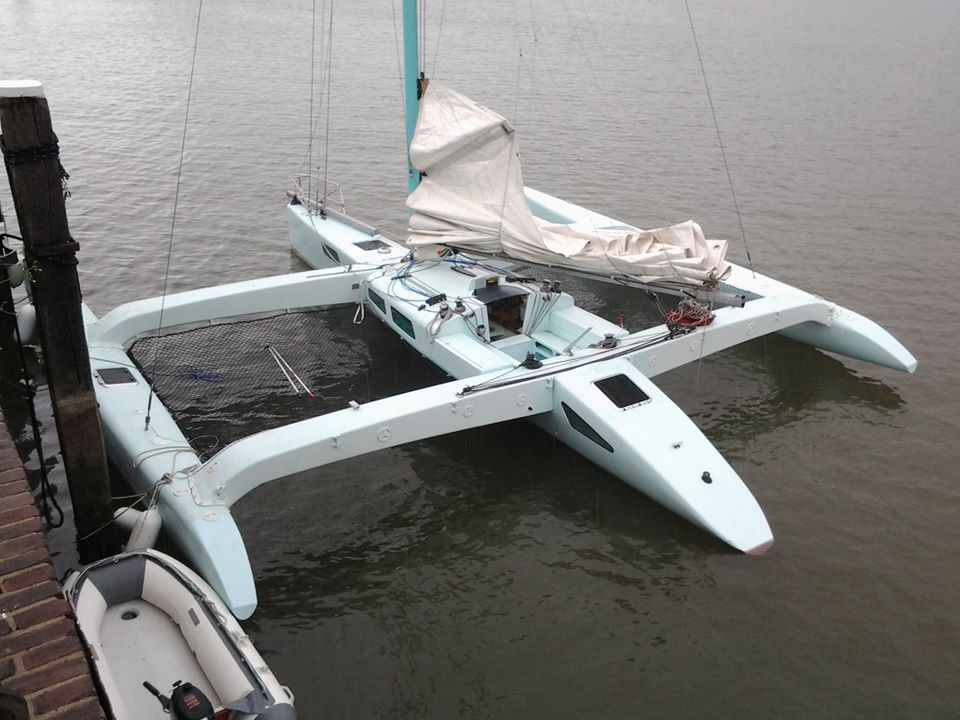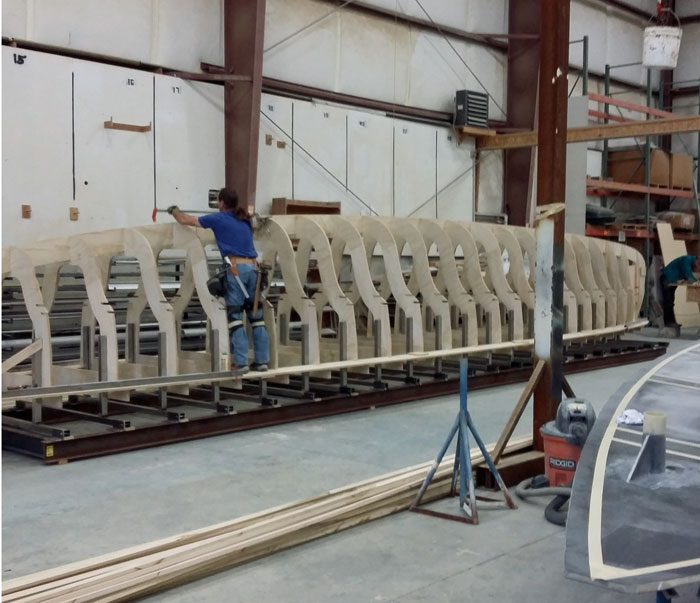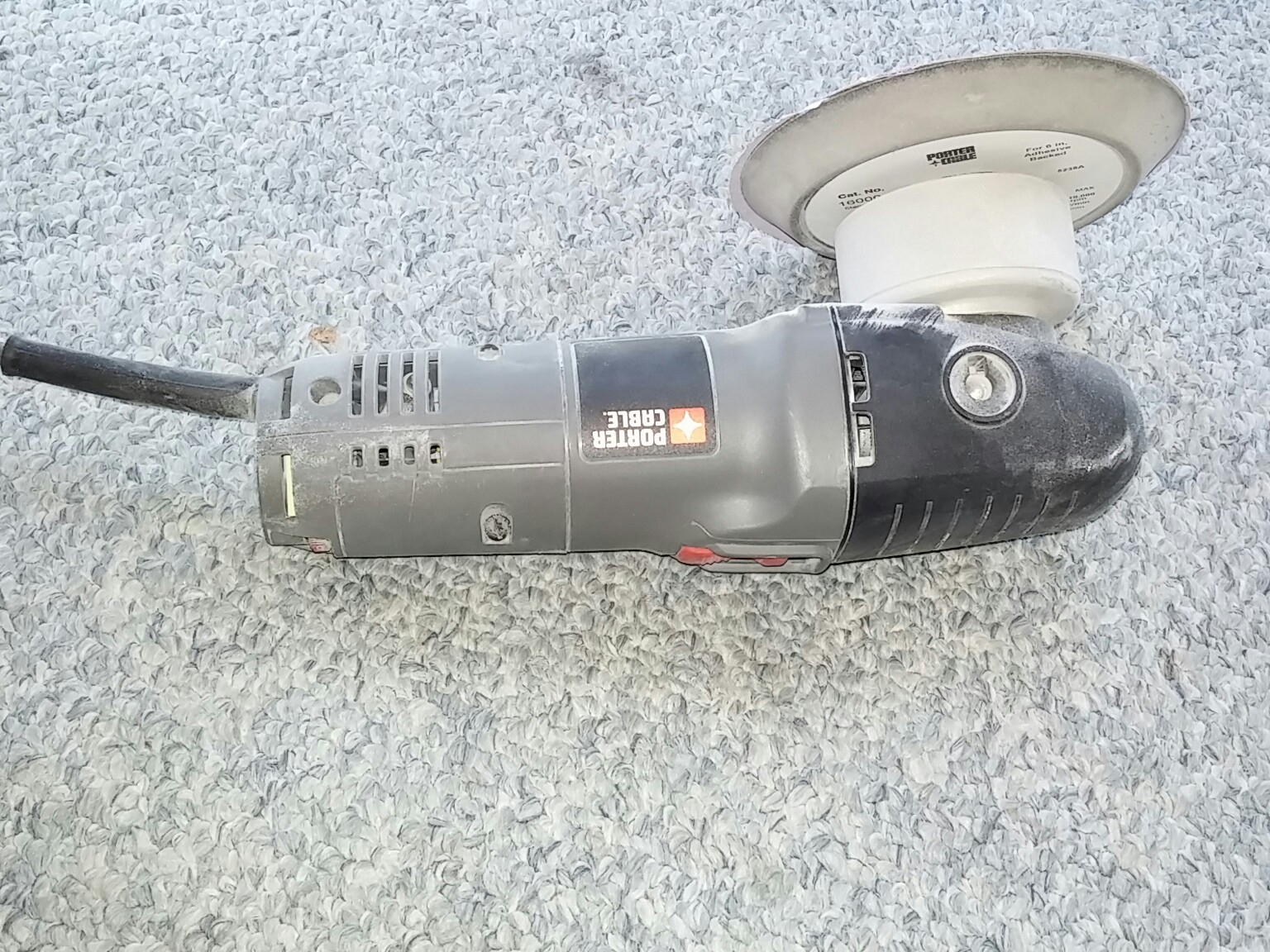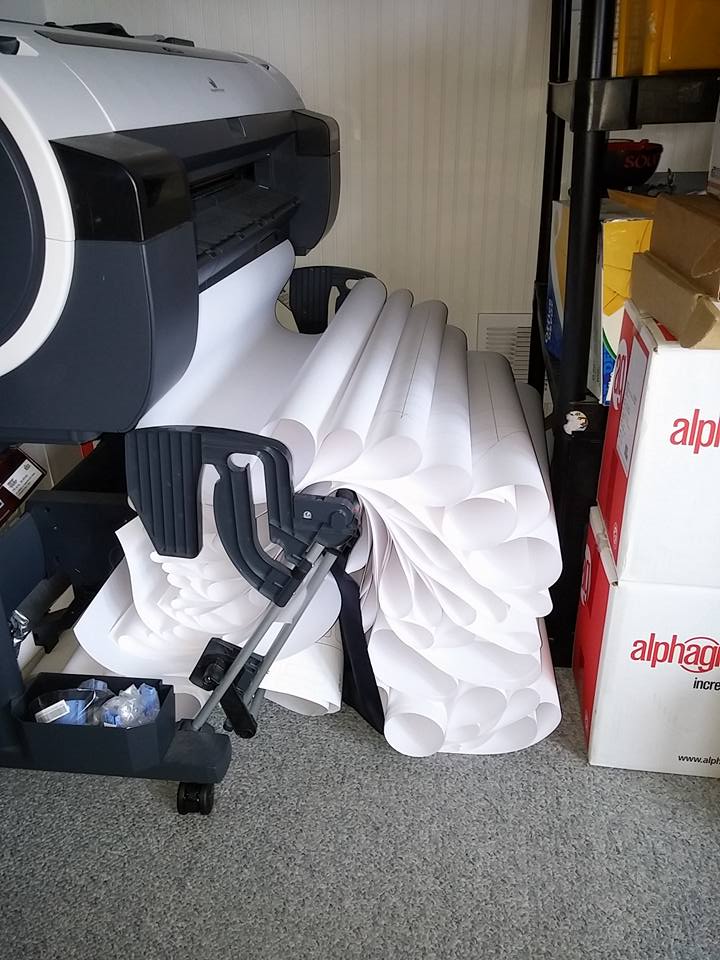I see that the new M&M designed HH 66′ cat showing it carbon fiber has been launched. I have noted before that the black carbon fiber hull should get interesting on a tropical afternoon when the blackbody temperature gets to around what, 180F (82C)? Typically a room temperature epoxy will have a heat distortion temperature (HDT) of around 160 F or so. But they have more forgiving impact properties. High temperature cure epoxies can tolerate the temperature but have fragile characteristics on impact. The other question would be how the core can survive that temperature. Or any voids in the laminate. Finally, how do you stay ahead of the UV damage and dock damage.
Most interesting to me is the psychology of showing off ones carbon. At every roadstead you charge in and declare “I’m the baddest boat here, bitches.” What is that? Like a high school beta male now had a successful IPO, and is declaring his alpha now to anyone who looks?
Also, as has been noted by others, unit #1 looks down on her lines and down by the stern. I did notice on the video, the views of transom in the water are blocked. Launch is as dry and empty as they get. For the selling price of a few million, and design fee of what $100K(?), that transom had better be well out of the water. Payload will push it down soon enough.
